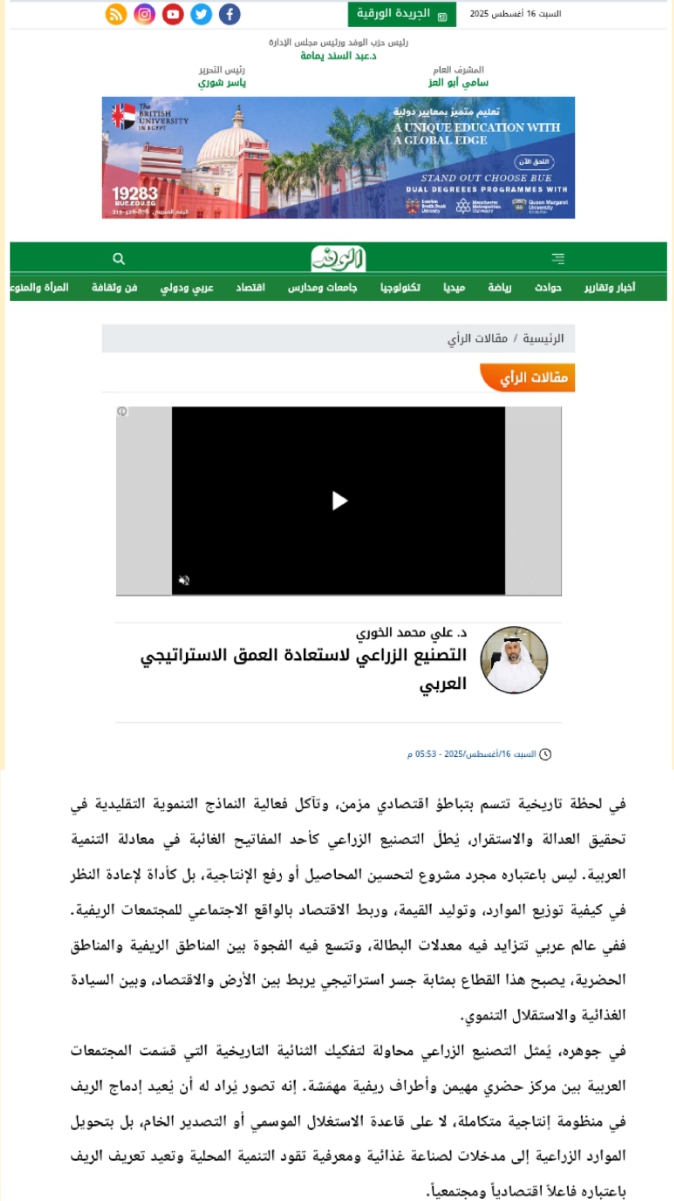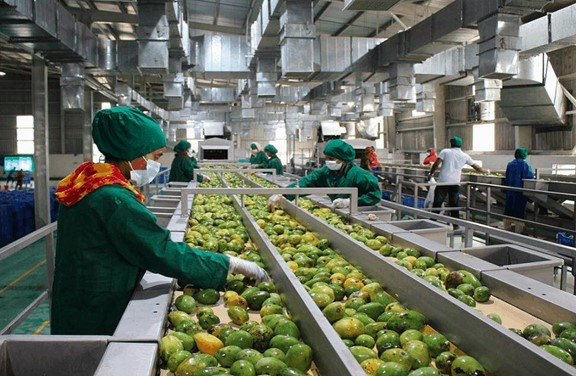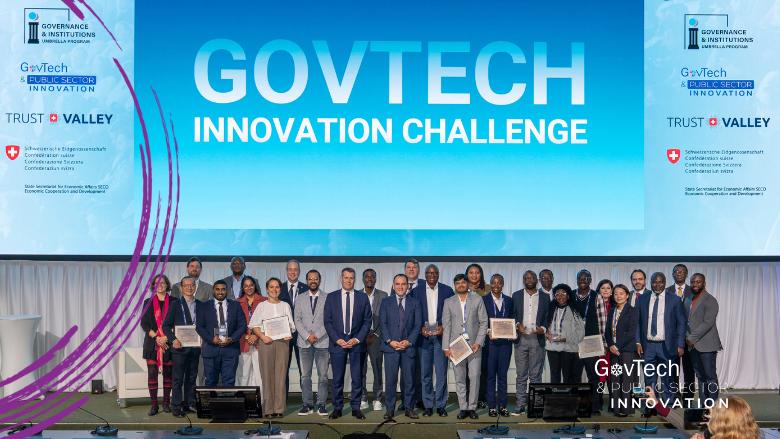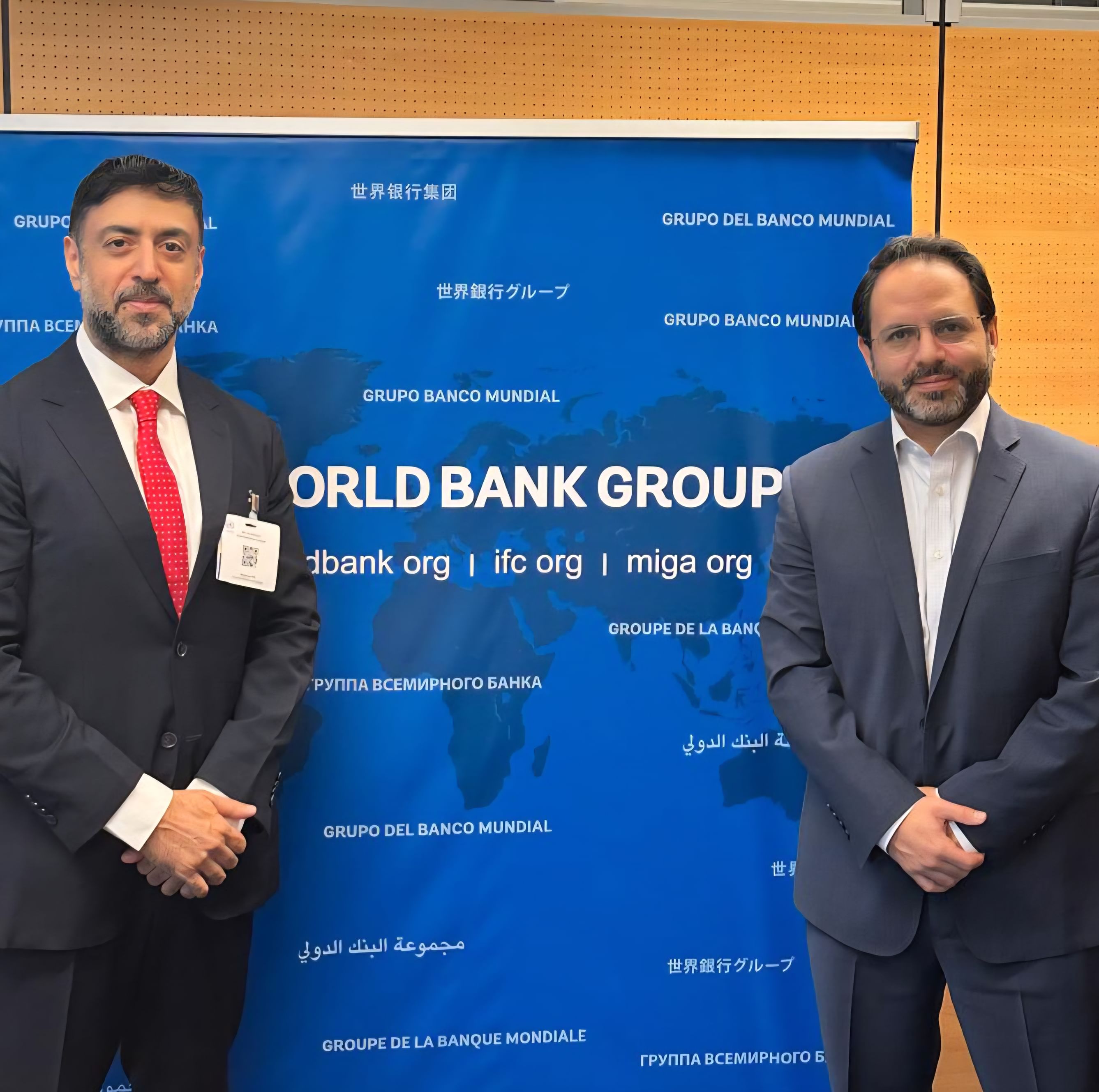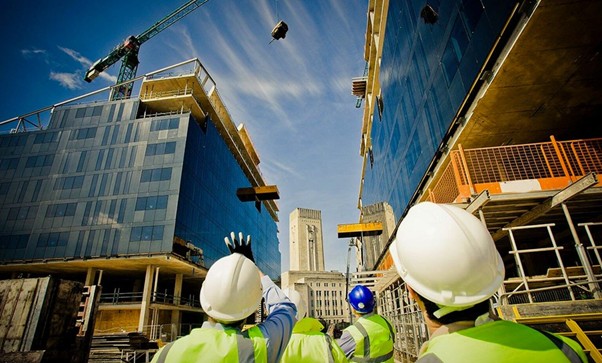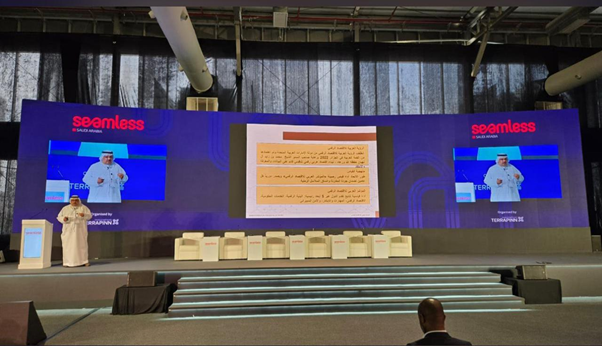Cairo
Source: Al-Wafd Newspaper
Prof. Dr. Ali Mohammed Al-Khouri
At a historical moment marked by chronic economic slowdown and the erosion of the effectiveness of traditional development models in achieving justice and stability, agricultural industrialization emerges as one of the missing keys to the Arab development equation. It is not simply a project to improve crops or increase productivity, but rather a tool for reconsidering how resources are distributed, generating value, and linking the economy to the social reality of rural communities. In an Arab world marked by rising unemployment rates and a widening gap between rural and urban areas, this sector becomes a strategic bridge linking land and the economy, food sovereignty and development independence.
At its core, agricultural industrialization represents an attempt to dismantle the historical duality that has divided Arab societies between a dominant urban center and marginalized rural peripheries. It is a vision intended to reintegrate the countryside into an integrated production system, not based on seasonal exploitation or raw material export, but rather by transforming agricultural resources into inputs for a food and knowledge industry that drives local development and redefines the countryside as an economic and social actor.
Comparative experiences in Asia and Latin America have shown that investing in agricultural value chains, in addition to their economic feasibility, has become a necessity for building a development model capable of withstanding deep imbalances in economic and social structures. In contrast, the Arab world remains stuck in the pre-industrial phase in agriculture, where products are exported raw and re-imported after processing with added value, which is used for the benefit of importing economies that do not produce food, but rather reprocess it.
Data released by the 2022 Unified Arab Economic Report indicate that the annual deficit in the Arab agricultural trade balance exceeded $33 billion, while the food import bill reached approximately $132 billion. In contrast, growth in agricultural value added does not exceed 0.6% annually, compared to a global average of more than 2.5%. These figures reflect a weakness in the production system and a failure to build a sustainable and sovereign agricultural industrialization policy.
The bet on agricultural manufacturing goes beyond the economic dimension, but also encompasses social, cultural, and political dimensions. Establishing an agricultural processing plant in a marginalized area not only creates jobs or improves supply chains, but also reengineers the relationship between state and society, giving the parties a new position on the national balance map.
Perhaps most importantly, this form of industrialization is not supposed to be an extension of a traditional industrial model based on centralization and counter-centralization, but rather to adopt a decentralized logic that distributes opportunities for production and accumulation across different geographies, relocates technology, and creates a new production culture that emerges from the local context but opens up to the global market.
However, the transition from potential to actual requires clear conditions. The first is the availability of political will that views agricultural industrialization as a sovereign project, not merely an economic activity. The second is the establishment of a legislative and regulatory system that encourages industrial localization in rural areas and redirects public funding toward productive, rather than consumer, sectors. The third is the launch of a new knowledge policy that links agricultural research centers with the actual needs of local farmers and manufacturers.
This transformation cannot succeed without rethinking the role of education, linking vocational and technical education to the needs of the agricultural economy, providing clear paths for market integration, and restoring the social standing of agricultural workers and local manufacturers. Building a competitive sector in rural areas is impossible without ensuring the equitable distribution of basic infrastructure, from energy and transportation to the internet, as vital inputs for effective integration into the national economy.
Agricultural industrialization is not a substitute for traditional agriculture, nor is it simply a technical addition to it. Rather, it is an entry point for establishing a more comprehensive economic structure based on the community base. It is a project that reorders development priorities to open up the potential of local production, reshapes the rural landscape as a promising space for innovation and participation, and reconstructs the relationship between the state and its citizens on more just and effective foundations.
Given the intersection of climate challenges, global market pressures, and shrinking traditional rentier surpluses, agricultural manufacturing is no longer a sectoral option, but rather a central pillar in the strategic stability equation for Arab countries. An economy that does not produce its own food and does not reintegrate its countryside into its productive fabric will remain hostage to external fluctuations and internal weaknesses.
The dilemma, therefore, is no longer the feasibility of this transformation, but rather the institutional vision capable of transforming it into reality. Unless political and economic decision-making centers reorient their priorities from the concepts and practices of managing abundance to the engineering of sustainability, the dependency gap will persist, regardless of the diversity of support programs or the acceleration of development discourse. Agricultural industrialization is now a benchmark for the effectiveness of sovereign decision-making and an early indicator of the state’s ability to deal with the twenty-first century on its actual terms, rather than by continuing to regurgitate models and policies that reproduce failure within safe repetition.
